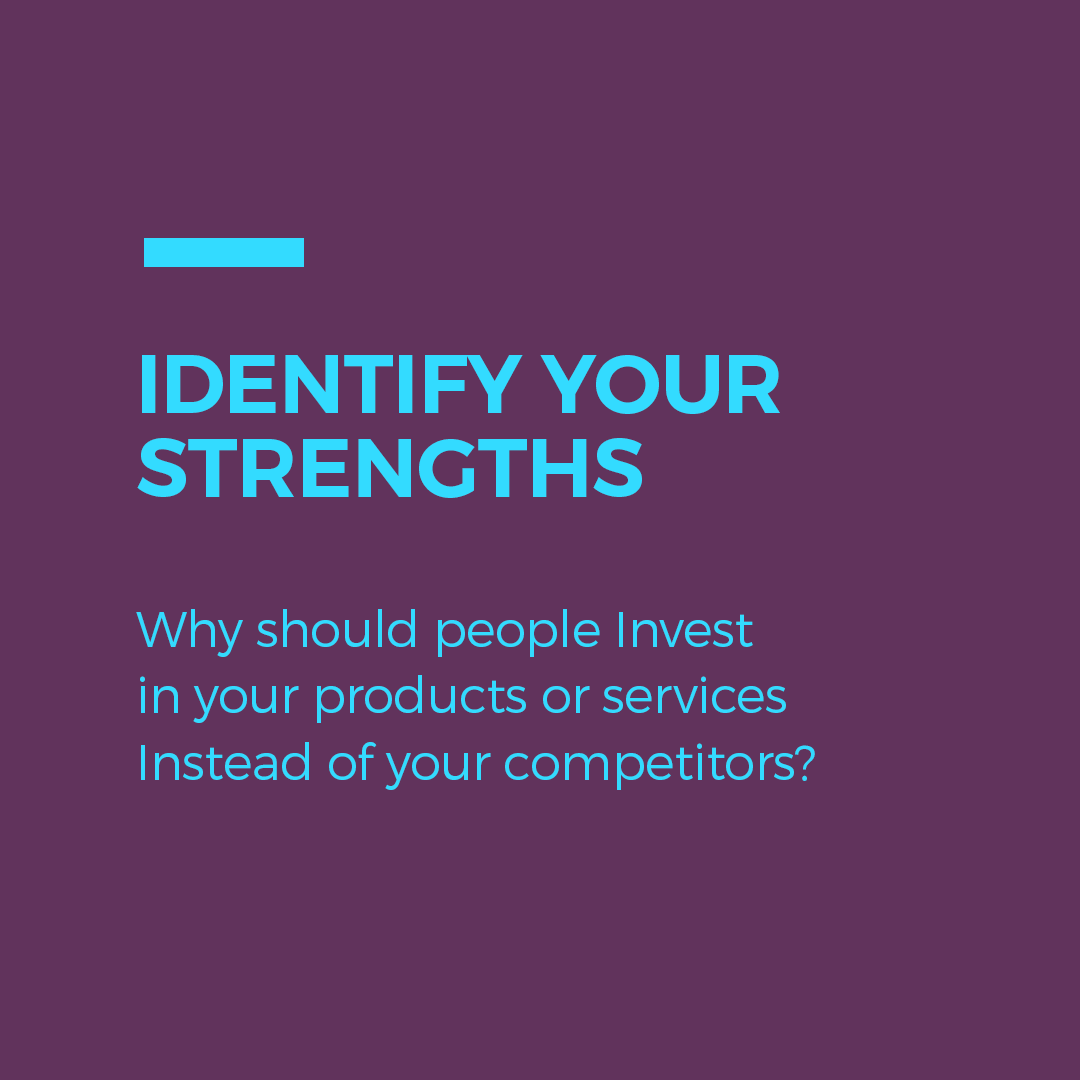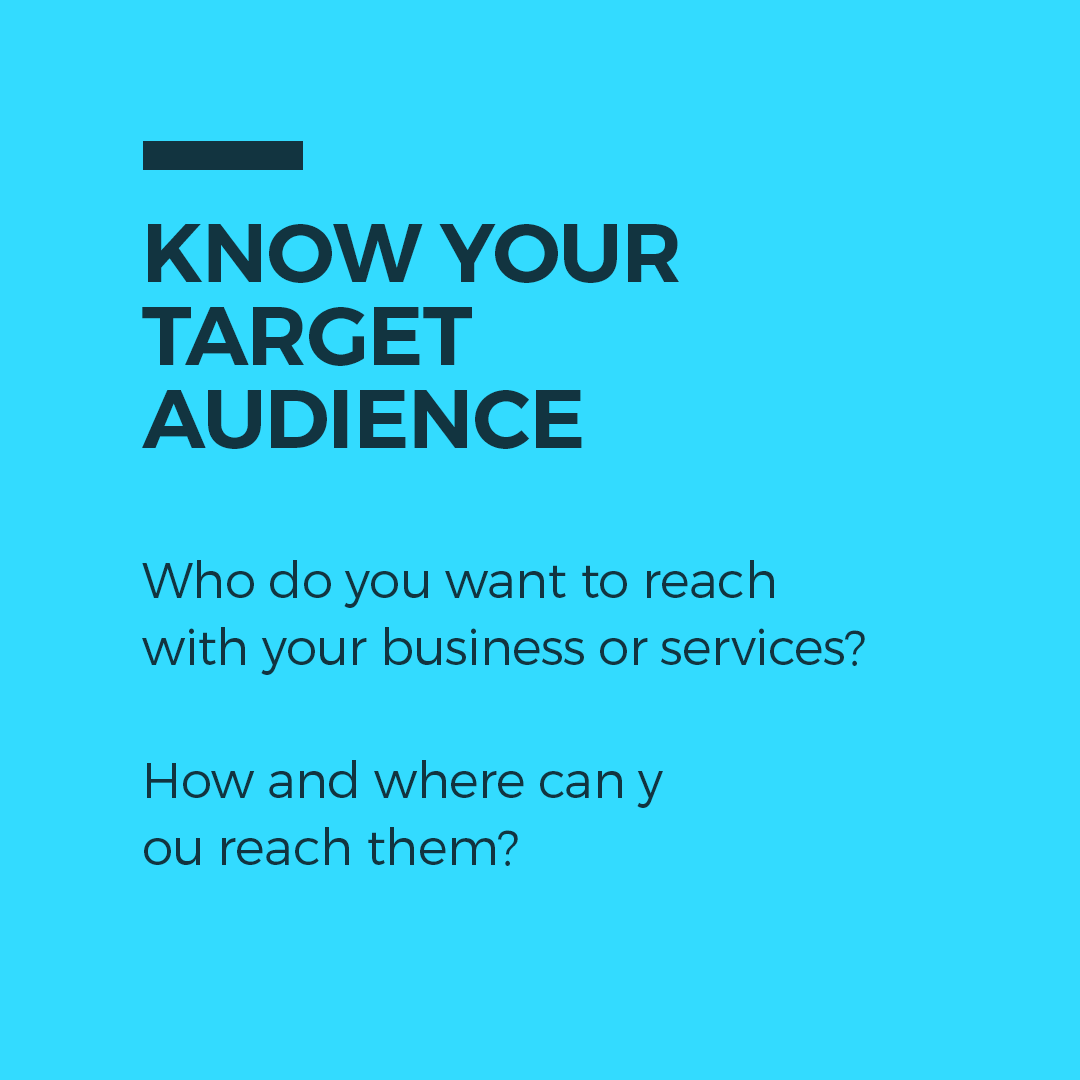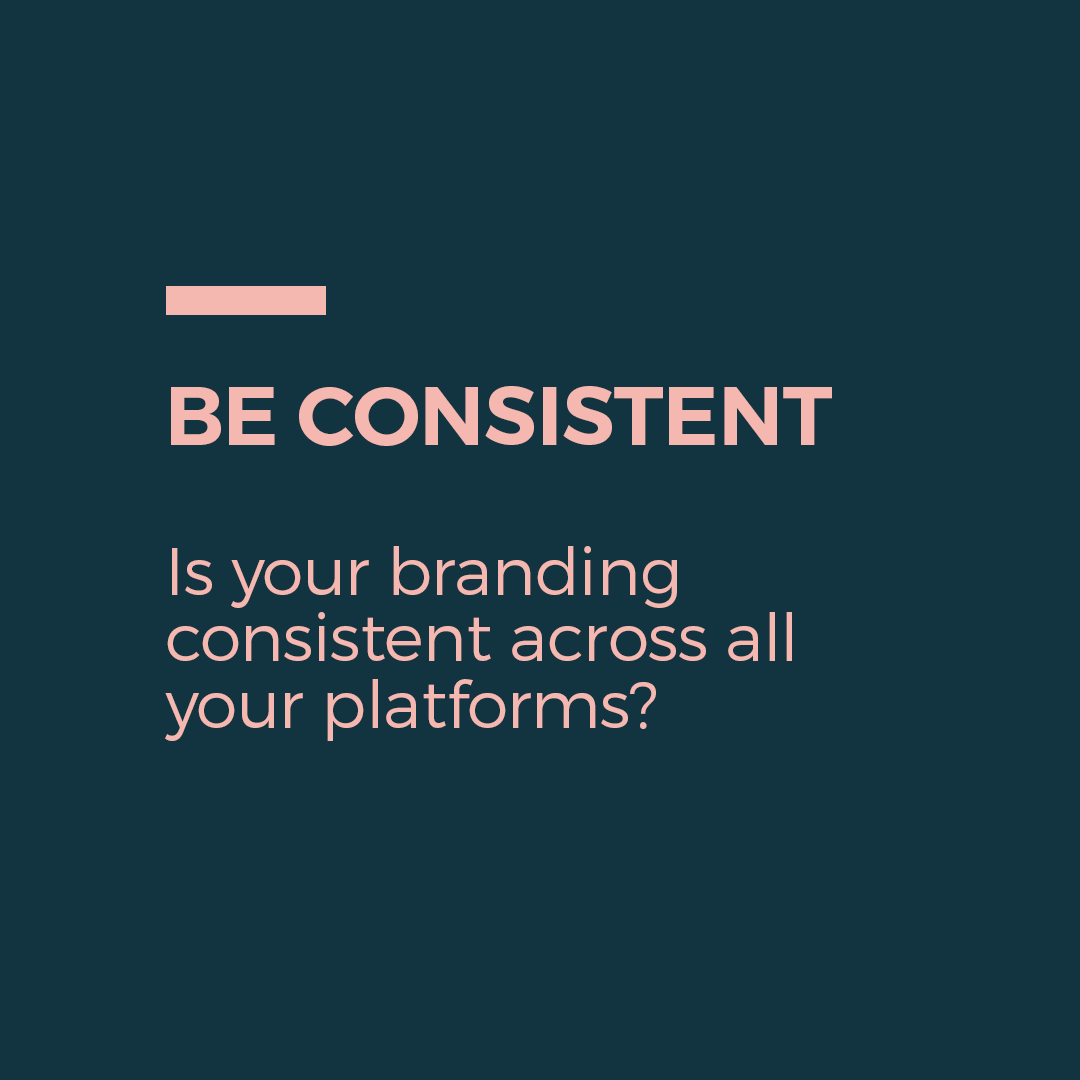A Simple BRANDING CHECKLIST
If you're embarking on a journey to establish your brand, we're here to lend a helping hand. To get you started, we've compiled a concise list of questions that can guide you through the process.-
What are the values and beliefs of your brand?
As an experienced graphic designer with two decades of expertise, I understand the importance of defining the values and beliefs of your brand. These fundamental elements serve as the backbone of your brand's identity and play a significant role in shaping your visual communication. By clearly identifying your brand's values and beliefs, you can effectively convey your message to your target audience and establish a strong and memorable brand presence. Whether it's portraying professionalism, innovation, sustainability, or any other core principles, integrating these values into your design strategy will enable you to create impactful visuals that resonate with your audience on a deeper level. Remember, a well-defined brand identity rooted in meaningful values and beliefs can set you apart from the competition and foster long-term brand loyalty. -
Why should people Invest In your products or services Instead of your competitors?
In the competitive business landscape, it is crucial to distinguish yourself from direct competitors unless your product or service caters to a highly specialised niche. Identifying and effectively promoting your unique competitive advantage to your target audience serves as the foundation for attracting customers to choose your business over competitors.
Building a personal connection with your customers is crucial as it sets you apart from competitors and establishes trust, ultimately leading to repeat business. While there are various avenues to achieve this, let's explore five key reasons why customers would choose your business over a competitor:
1.- Differentiating factors: One reason customers would choose your business over a competitor is your ability to clearly identify and articulate what sets you apart. By understanding and highlighting your unique selling propositions, you demonstrate a clear value proposition to your customers, making it easier for them to choose your business with confidence.2.- Personalised approach: Customers appreciate a personalised experience. If you can tailor your product or service to their individual needs, preferences, or pain points, you demonstrate a customer-focused mindset. This personalised touch shows that you genuinely care about their specific requirements, making them more likely to choose your business over others.
3.- Exceptional customer service: Providing outstanding customer service is a powerful way to gain a competitive edge. By going above and beyond to meet customer needs, promptly resolving issues, and offering proactive support, you create a positive and memorable experience. This exceptional level of service establishes trust, loyalty, and a higher likelihood of repeat business.
4.- Quality and reliability: Consistently delivering high-quality products or services builds credibility and customer trust. When customers can rely on your business to consistently meet or exceed their expectations, they are more inclined to choose you over competitors who may offer similar offerings but with inconsistent quality or reliability.
5.- Strong brand reputation: A well-established and respected brand reputation can significantly influence customer decisions. If your business has a positive reputation in terms of reliability, innovation, ethical practices, or customer satisfaction, it sets you apart from competitors who may lack such a reputation. Customers are more likely to choose a brand they perceive as trustworthy and reputable.
By focusing on these five aspects—differentiation, personalisation, exceptional customer service, quality and reliability, and a strong brand reputation—you can effectively position yourself as the preferred choice for customers, ensuring their trust, repeat business, and long-term loyalty.
-
Understanding your target audience is crucial for effectively reaching them with your business or services. By identifying the specific demographic or psychographic characteristics of your ideal customers, you can tailor your marketing efforts to resonate with them on a deeper level. Here are two key questions to consider:
Target audience: Who do you want to reach with your business or services? Defining your target audience involves understanding their demographics (age, gender, location, etc.) as well as their psychographic traits (interests, values, lifestyle, etc.). By developing a clear picture of your ideal customers, you can create targeted marketing messages and strategies that address their needs and preferences.
Communication channels: How and where can you reach your target audience? Once you have identified your target audience, it is crucial to determine the most effective channels to reach them. This could include online platforms such as social media, search engine advertising, email marketing, or offline channels like print media, events, or direct mail. By selecting the appropriate communication channels, you can maximize your reach and engage with your target audience where they are most receptive.
To optimise your marketing efforts, it is also beneficial to conduct market research, analyse customer data, and stay updated on industry trends. This ongoing analysis allows you to refine your target audience and adapt your communication strategies to ensure you are effectively reaching and engaging with the right people in the right places.
-
How do you tell people what you do and why you do it?
Effectively communicating what you do and why you do it is essential for capturing the attention and interest of your audience. Here's how you can convey this message:Craft a clear and concise elevator pitch: Develop a succinct and compelling elevator pitch that concisely describes what you do and why you do it. Focus on the unique value you bring to your customers, the problem you solve, and the passion driving your work. Keep it concise, memorable, and easy to understand.
Share your brand story: People connect with stories, so use storytelling to convey why you do what you do. Share the journey that led you to start your business or provide your services. Highlight the motivation, passion, or personal experiences that inspire you. A well-crafted brand story adds depth, authenticity, and relatability to your message.
Showcase the benefits: Clearly communicate the benefits and value your products or services offer to your target audience. Explain how your offerings address their pain points, fulfill their needs, or improve their lives. Emphasise the unique advantages or solutions you provide that set you apart from competitors.
Use compelling visuals: Visuals have a powerful impact on conveying your message. Utilise high-quality images, videos, or infographics that visually represent what you do and evoke emotion. Visual elements can enhance understanding, capture attention, and create a memorable impression.
Leverage customer testimonials: Let your satisfied customers do the talking for you. Share testimonials, reviews, or case studies that highlight the positive experiences and outcomes your customers have achieved through your products or services. Genuine customer feedback adds credibility and social proof to your message.
Be authentic and passionate: Authenticity is key in connecting with your audience. Be genuine and passionate when communicating about your business. Show your enthusiasm and belief in what you do, as it will resonate with potential customers who share similar values or interests.
Remember to tailor your message to different communication channels and target audience segments. Adapt your language and tone to suit the medium, whether it's a website, social media platform, networking event, or face-to-face interaction. Consistency in messaging across various touchpoints helps reinforce your brand identity and effectively communicate what you do and why you do it.
-
What tone do you use to connect with your audience?
The tone you use to connect with your audience depends on various factors, including your brand personality, target audience, and the context in which you're communicating. However, there are a few general guidelines to consider:Authentic: Authenticity is crucial in building a genuine connection with your audience. Use a tone that reflects your brand's true voice and values. Be sincere, transparent, and avoid excessive jargon or artificial language. Speak in a way that feels relatable and trustworthy to your audience.
Audience-centric: Tailor your tone to resonate with your specific target audience. Consider their demographics, preferences, and communication style. Are they looking for a professional, formal tone or a more casual, conversational one? Adjust your tone accordingly to make your audience feel understood and valued.
Friendly and approachable: Maintain a friendly and approachable tone to foster a warm and inviting connection. Use language that is inclusive, positive, and welcoming. Avoid being overly formal or distant, as it may create a barrier between you and your audience.
Conversational: Strive for a conversational tone that feels like a natural dialogue. Write as if you're having a friendly conversation with your audience, using language that is clear, concise, and easy to understand. This helps create a sense of familiarity and encourages engagement.
Empathetic: Show empathy towards your audience's challenges, needs, and aspirations. Use a tone that conveys understanding, compassion, and a genuine desire to help. Let them know that you're there to support and guide them through your products or services.
Positive and inspiring: Infuse your tone with positivity and inspiration. Use uplifting language to motivate and encourage your audience. Share success stories, offer solutions, and highlight the positive impact your products or services can have. This helps create an emotional connection and fosters enthusiasm among your audience.
Remember, it's essential to maintain consistency in tone across different communication channels and touchpoints. This consistency builds brand recognition and reinforces the relationship you're establishing with your audience. Adapt your tone as needed, but always stay true to your brand's core values and maintain an authentic and audience-centric approach.
-
How do you represent yourself visually?
Does your aesthetic communicate your story and values?
Representing yourself visually involves carefully curating your brand's visual elements to align with your story and values. Here's how you can ensure your aesthetic effectively communicates your brand's essence:
Brand identity and logo: Your brand identity, including your logo, serves as the visual foundation of your representation. Design a logo that encapsulates your brand's personality and values. Consider colours, typography, and symbols that convey the desired emotions and associations. A well-designed logo creates instant recognition and serves as a visual representation of your brand.
Color palette: Choose a color palette that reflects your brand's personality and evokes the intended emotions. Different colours can convey various meanings and associations. Ensure consistency in color usage across your visual materials to create visual harmony and reinforce your brand identity.
Typography: Select fonts that align with your brand's tone and values. Fonts can communicate different feelings, whether it's elegance, playfulness, or professionalism. Choose fonts that are legible, versatile, and reinforce the overall aesthetic of your brand.
Imagery and photography: Use imagery and photography that align with your brand story and values. Whether it's through your own custom visuals or carefully curated stock images, ensure that the visuals evoke the desired emotions and resonate with your target audience. Consistency in style, tone, and subject matter creates a cohesive visual experience.
Design elements: Incorporate design elements that reinforce your brand's unique story and values. This could include patterns, illustrations, or graphic elements that have significance and symbolism in relation to your brand. These elements can add depth, visual interest, and further reinforce your brand's identity.
Consistency: Maintain visual consistency across all touchpoints, whether it's your website, social media profiles, marketing materials, or packaging. Consistency in visual elements builds brand recognition and strengthens the association between your aesthetic and your story and values.
Regularly evaluate your visual representation to ensure it aligns with any updates or evolutions in your brand story and values. Your aesthetic should be a reflection of your brand's essence and resonate with your target audience, evoking the desired emotions and perceptions.
-
Is your branding consistent across all your platforms?
consistency in branding is crucial for building a strong and recognisable brand presence. Maintaining consistency across all platforms helps reinforce your brand identity and enables your audience to easily identify and connect with your brand. Here are some key aspects to consider for consistent branding:Visual elements: Ensure that your logo, color palette, typography, and design elements remain consistent across all platforms. This includes your website, social media profiles, marketing materials, packaging, and any other touchpoints where your brand is represented visually.
Tone and messaging: Maintain a consistent tone of voice and messaging style in your written communications. Whether it's on your website, social media posts, customer emails, or advertisements, your brand's personality and messaging should be consistent, reflecting your unique values and positioning.
Brand story and values: Your brand story and values should be consistently communicated across platforms. Reinforce your brand's narrative and purpose in a cohesive manner, so that customers have a clear understanding of what your brand stands for regardless of the platform they encounter.
Customer experience: Consistency in branding goes beyond visual elements and messaging. It should extend to the overall customer experience. Ensure that your brand's values and promises are consistently delivered across different platforms, providing customers with a cohesive and reliable experience.
Brand guidelines: Establish brand guidelines that outline the key visual and verbal elements of your brand. These guidelines act as a reference for anyone involved in representing your brand, ensuring that consistency is maintained across all platforms.
Regularly review and audit your brand's presence on different platforms to identify any inconsistencies and make necessary adjustments. By maintaining consistent branding, you create a cohesive and memorable brand identity that fosters trust, recognition, and loyalty among your audience.









